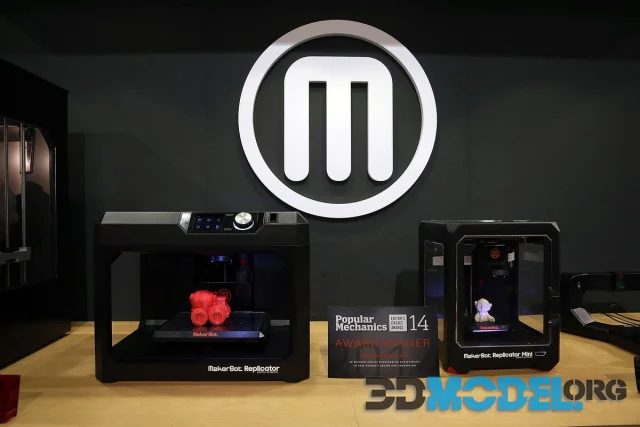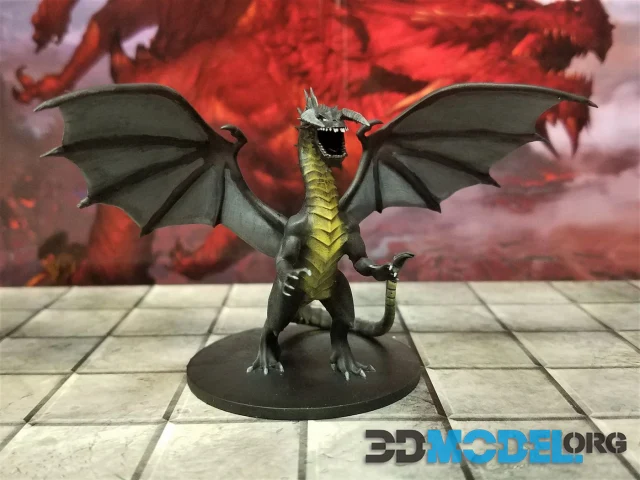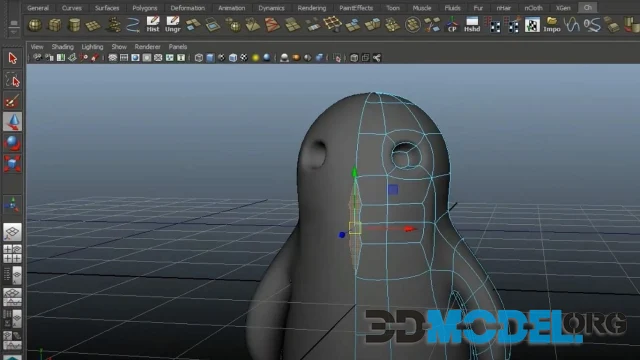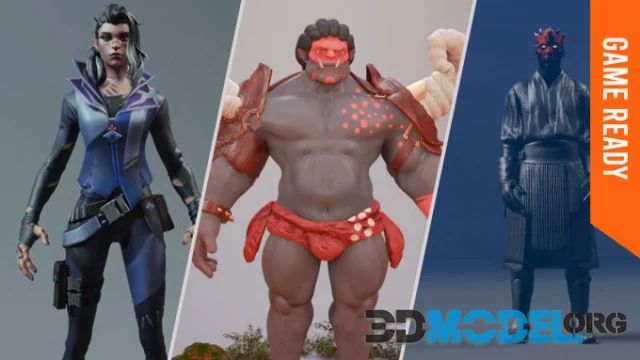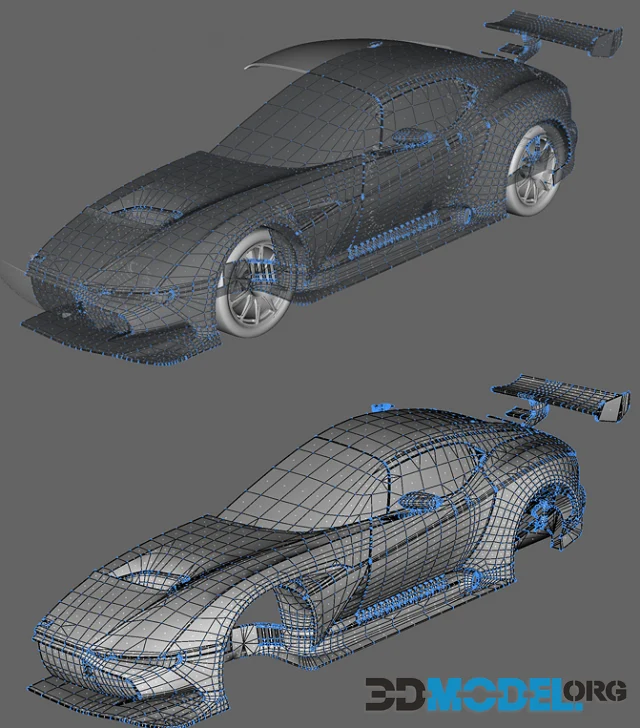Multi Jet Printing and Color Jet Printing - what are they?
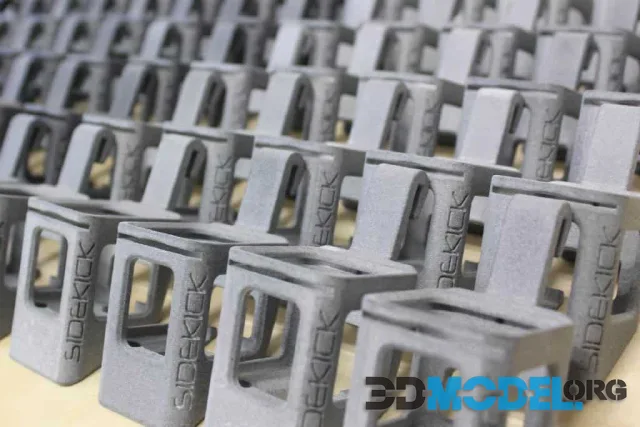
Multi Jet Printing is a 3D printing technology based on multi-jet modeling using photopolymer or wax material.
Color Jet Printing is a 3D printing technology based on layer-by-layer bonding and coloring of a plaster or plastic-based composite powder.
In this article, we'll look at both technologies in more detail. We will discuss their advantages. Stay tuned if you are interested!
Advantages of Multi-Jet Printing
Let's start in order.
Amazing detail (and repeatability!)
With MJF, the detail is virtually the same as with injection molding. What's more, you can print a batch of absolutely identical products using this approach.
And that's great! Especially if your goal is to work on volume.
Durable, reliable and competitive material
Multi Jet Printing uses powdered polypropylene and thermoplastic polyurethane. Also polyamide. The finished products are very resistant to high temperatures - they begin to melt at about 370 degrees Fahrenheit.
These materials are affected by lubricants, aliphatic hydrocarbons and alkaline environments. Polyamide is also resistant to ultraviolet radiation.
Good design accuracy
The accuracy of MJP technology is 0.014-0.048 mm. The print resolution is up to 750x750x1 600 DPI (in the highest resolution mode).
Film thickness is from 17 microns.
Advantages of Color Jet Printing
Here are the advantages of CJP technology.
Low cost of production
Color Jet Printing has a low cost of production prototype, while providing high speed printing and quality models at the output.
And the fact is that production is waste-free. In addition, the materials are generally inexpensive.
Full color printing
This method allows you to create multicolored models and reproduce various textures on their surface in high resolution.
It uses the CMYK color palette with 390,000 shades, which is applied during the printing process together with an adhesive.
Precision construction
The minimum element size that can be created by CJP ranges from 0.031 to 0.1 mm. This printhead precision allows you to create models with surfaces of varying complexity.
In fact, you can realize even the most non-standard and non-trivial idea.
Optimal wall and layer thicknesses
This technology allows you to print models with very thin walls.
Very, very thin.
Which will not sag or collapse under their own weight.
Universal material for production
CJP technology uses a universal plaster composite.
This is VisiJet PXL Core, which is bright white in color. It is used for both model building and model support. After printing, the residue is automatically filtered and can be reused.
Pretty darn convenient!
So which one to choose?
Both approaches are very good. The choice should largely be based on the task you are trying to accomplish. For example, MJP is better for mass production, while CJP is better for one-offs. These technologies also use different materials. If you prefer to play with powder, look at CJP.
Now, on our website you can find ideas for 3D printing. We are now talking about different references. But that's not all, of course, because we also have a few hundred high-quality models for 3D printing on printers. All of them have been made by professionals in their field and have been checked to make sure they don't contain any virus software.
By the way, if you are developing a game or doing an architectural project, you can find something here as well. Definitely. We have put together a collection of the best paid assets, both 2D and 3D. We even have blueprints for the Unreal Engine that will automate and simplify your development.
Ctrl
Enter
Noticed a misTake
Highlight text and press Ctrl+EnterRelated news:
Comments (0)

